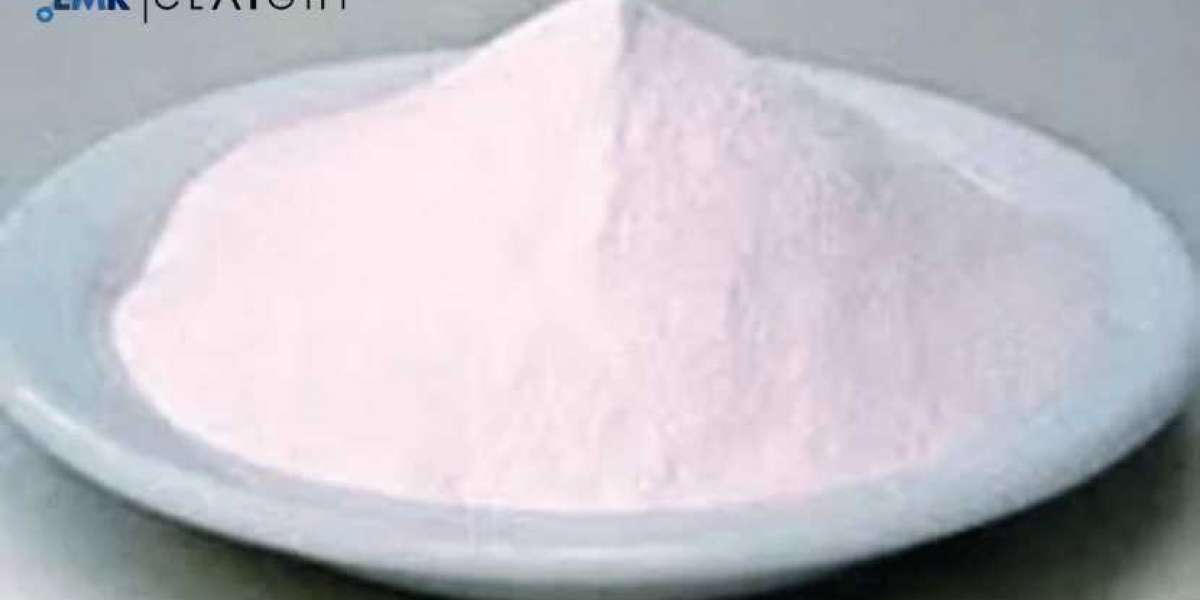Manganese(II) sulphate is a vital chemical compound widely used in various industries, including agriculture, pharmaceuticals, and animal feed. Known for its effectiveness as a micronutrient and chemical intermediate, manganese(II) sulphate plays a crucial role in promoting crop health, manufacturing medicines, and producing specialty chemicals. With its increasing demand in multiple sectors, establishing a manganese(II) sulphate manufacturing plant presents a promising business opportunity. Understanding the production process, sourcing raw materials, and analysing market trends are essential steps in setting up a successful manufacturing facility.
Overview of Manganese(II) Sulphate Manufacturing
The production of manganese(II) sulphate involves the reaction of manganese ores or other manganese compounds with sulphuric acid under controlled conditions. The process aims to produce a high-purity compound suitable for various industrial and agricultural applications.
Manganese(II) sulphate is primarily used as a soil conditioner to improve crop yield and quality. Additionally, it is a key ingredient in animal feed to support livestock health and in the production of batteries and specialty chemicals. The versatility of this compound drives its demand across global markets.
Get a Free Sample Report with Table of Contents@ https://www.expertmarketresearch.com/prefeasibility-reports/manganese-ii-sulphate-manufacturing-plant-project-report/requestsample
Key Components of the Manufacturing Plant
Setting up a manganese(II) sulphate manufacturing plant requires investment in critical infrastructure and resources:
Location and Infrastructure:
The plant should be strategically located near sources of manganese ore and transportation networks to optimise logistics and reduce costs.Raw Material Procurement:
Key raw materials include manganese ores, sulphuric acid, and other processing aids. Reliable suppliers are essential for consistent production quality.Machinery and Equipment:
Essential machinery includes reactors, filtration systems, drying units, and packaging machines. Automation enhances efficiency and ensures consistent quality.Workforce and Training:
Skilled personnel are required for operating machinery, maintaining safety standards, and ensuring quality control. Training programs keep the workforce updated on industry practices.Environmental and Safety Compliance:
Implementing waste management systems and adhering to environmental regulations is crucial for sustainable and responsible operations.
Production Process
The manufacturing of manganese(II) sulphate involves several stages to ensure a high-quality product:
Raw Material Preparation:
Manganese ores are cleaned and processed to remove impurities, ensuring they are suitable for chemical reactions.Chemical Reaction:
The prepared manganese ore reacts with sulphuric acid in a reactor under controlled temperature and pressure, forming manganese(II) sulphate.Filtration:
The solution is filtered to remove insoluble impurities, resulting in a clear solution of manganese(II) sulphate.Crystallisation and Drying:
The filtered solution is evaporated to form crystals of manganese(II) sulphate, which are then dried to achieve the desired consistency.Packaging and Storage:
The dried product is packaged in moisture-resistant containers to maintain its quality during storage and transportation.
Quality control measures are implemented at every stage to ensure the product meets industry-specific standards for purity and performance.
Regulatory and Environmental Considerations
Compliance with regulatory standards is essential for the legal and sustainable operation of a manganese(II) sulphate manufacturing plant. Key considerations include:
- Product Standards: Ensuring the final product meets industry specifications for use in agriculture, pharmaceuticals, and other applications.
- Environmental Sustainability: Adopting eco-friendly practices, such as recycling by-products and minimising waste, to reduce environmental impact.
- Worker Safety: Providing protective equipment and adhering to safety protocols ensures a secure working environment.
Sustainable practices, including energy-efficient processes and responsible waste disposal, align with global sustainability goals and enhance the plant’s reputation.
Cost Analysis
The costs involved in establishing a manganese(II) sulphate manufacturing plant include:
- Raw Materials: Procuring high-quality manganese ore and sulphuric acid is a significant expense.
- Machinery and Equipment: Investing in advanced reactors and filtration systems ensures efficient production.
- Labour Costs: Hiring skilled workers and conducting training programs contribute to operational expenses.
- Operational Expenses: Utilities, maintenance, and packaging materials add to recurring costs.
A detailed cost analysis helps evaluate the project’s financial feasibility and identify areas for cost optimisation.
Market Trends and Opportunities
The demand for manganese(II) sulphate is driven by its applications in multiple industries. Key trends and opportunities include:
Rising Demand in Agriculture:
Manganese(II) sulphate is widely used as a micronutrient in fertilisers to enhance crop yield and quality, catering to the growing agricultural sector.Growth in Animal Feed Additives:
The compound’s role in improving livestock health has increased its demand in the animal feed industry.Expansion in Battery Manufacturing:
Manganese(II) sulphate is a key ingredient in the production of batteries, particularly in lithium-ion and other advanced battery technologies.Export Potential:
Emerging markets with expanding agricultural and industrial activities present significant export opportunities for manufacturers.Technological Advancements:
Innovations in production processes and sustainable practices create opportunities to improve efficiency and reduce costs.
Challenges in Manufacturing
While manganese(II) sulphate manufacturing offers lucrative opportunities, it also involves challenges such as:
- Raw Material Costs: Fluctuations in the prices of manganese ores and sulphuric acid can affect production costs.
- Regulatory Compliance: Navigating environmental and safety regulations requires careful planning and investment.
- Market Competition: Differentiating products and optimising costs are essential to staying competitive in the market.
- Environmental Concerns: Implementing sustainable waste management practices to minimise the environmental impact.
Final Thoughts
Establishing a manganese(II) sulphate manufacturing plant requires a comprehensive understanding of production processes, market dynamics, and regulatory requirements. By addressing challenges and leveraging growth opportunities, manufacturers can create a sustainable and profitable business in this vital industry.






